
Ali Behnam-Bakhtiar. Image by Marko Delbello Ocepek.
Iranian-born designer Ali Behnam-Bakhtiar does it all – interiors, architectural design, weddings. Whether large-scale events or private homes, a converted airplane or a château, he runs the gamut from extravagant to minimal with equal flair and imagination, bringing his clients’ stories to life. Torri Mundell reports
Architectural designer Ali Behnam-Bakhtiar is a man on the move. Since 2003, his striking design projects have made their mark on coastlines, private islands, mountainsides and city streets in Europe, Asia and the Gulf, while his events company operates from Dubai, London, Paris and Monaco. The spaces he conceives, from the cargo plane he transformed into an airborne apartment to a spectacular eco-friendly château in Provence and a refurbished 150-metre yacht extended with landscaped green spaces, are equally dynamic. “I think of spaces and events like personal books,” he says. “They are stories that we experience through an introduction, a body and a grande finale.”
Follow LUX on Instagram: luxthemagazine
Though Behnam-Bakhtiar claims not to have a signature style, the emphasis on experiencing a space – rather than simply passing through it – is an essential part of his aesthetic. “To create this kind of extra dimension, I am very detail orientated. I study the space carefully, I envision the memories that can be created and I focus on the senses that can be discovered.”

Behnam-Bakhtiar’s floral design for a wedding in Ljubljana, Slovenia. Copyright and courtesy Ali Bakhtiar Designs
Ali Bakhtiar Interiors clients do not commission him to create something they have already seen somewhere else. “Everything I do is one of a kind,” he says. “I don’t hold on to what I have done or what has been done.” Conceiving wholly original designs for every project can be hard work, he admits, but it means that he never caves in to “the dullness of repetition.” Instead, each project is always “a learning process that definitely keeps me challenged and excited.”
Read more: Meet the marine biologist pioneering coral conservation
Behnam-Bakhtiar’s curiosity, extensive research and the relationships he fosters with his clients to “deeply understand their values, wants and needs” all feed into his vision for a project. Every aspect of design is thoughtfully considered to create a harmonious whole, but his spaces are also full of daring, unexpected moments. Consider the château he restored in Provence: he preserved the historic façade and added a self-sustainable modern basement, a pond that irrigates the rest of the estate and a formal dining room with a glass floor that overlooks a garden lavishly planted with lotus flowers. “I believe it is important to embrace modernity as much as ancient knowledge, because something might look cool and new but it also needs to age well,” says the designer about his blend of the traditional and contemporary.

A 2019 house on Saint-Jean-Cap-Ferrat designed with glass walls to make the surrounding forest part of the interior. Copyright and courtesy Ali Bakhtiar Designs
Though the scale of the properties he designs can be vast, Behnam-Bakhtiar imbues his spaces with personal elements as well. “Generally, my favourite events or interior projects are the ones in which I deeply connect with my client, because this is what inspires me to go beyond expectation, and create something ‘out of this world’, a visualisation of their dreams and more.” In the château, for instance, each of the 34 suites was decorated to represent places or moments in time that are meaningful to the owner.
Creating a blueprint that encompasses both grand design moments and personal detail requires a nuanced approach. “Architecture to me is about conserving memory; creating spaces that host our lives but remain in existence beyond it,” Behnam-Bakhtiar continues. “Unlike events, architecture has permanence and so you are not just working on one experience in time, you are working on a timeless structure that impacts repeatedly. I believe architecture, landscaping and interior design need to merge to bring true and lasting harmony.”
He takes his cues from the outdoors to create this harmony. “I used to design houses that stood out from nature,” he remembers. “I now create ones that integrate with nature. The house becomes engulfed by the landscape rather than being simply set in it.” This approach also chimes with the current drive for sustainability. “Much more than ever, we now see nature as something that needs to be integrated in interiors and architecture. Rather than fighting the rules of nature or working against it, which we have done for so long, we are finally starting to see the incredible benefits of an alliance.”
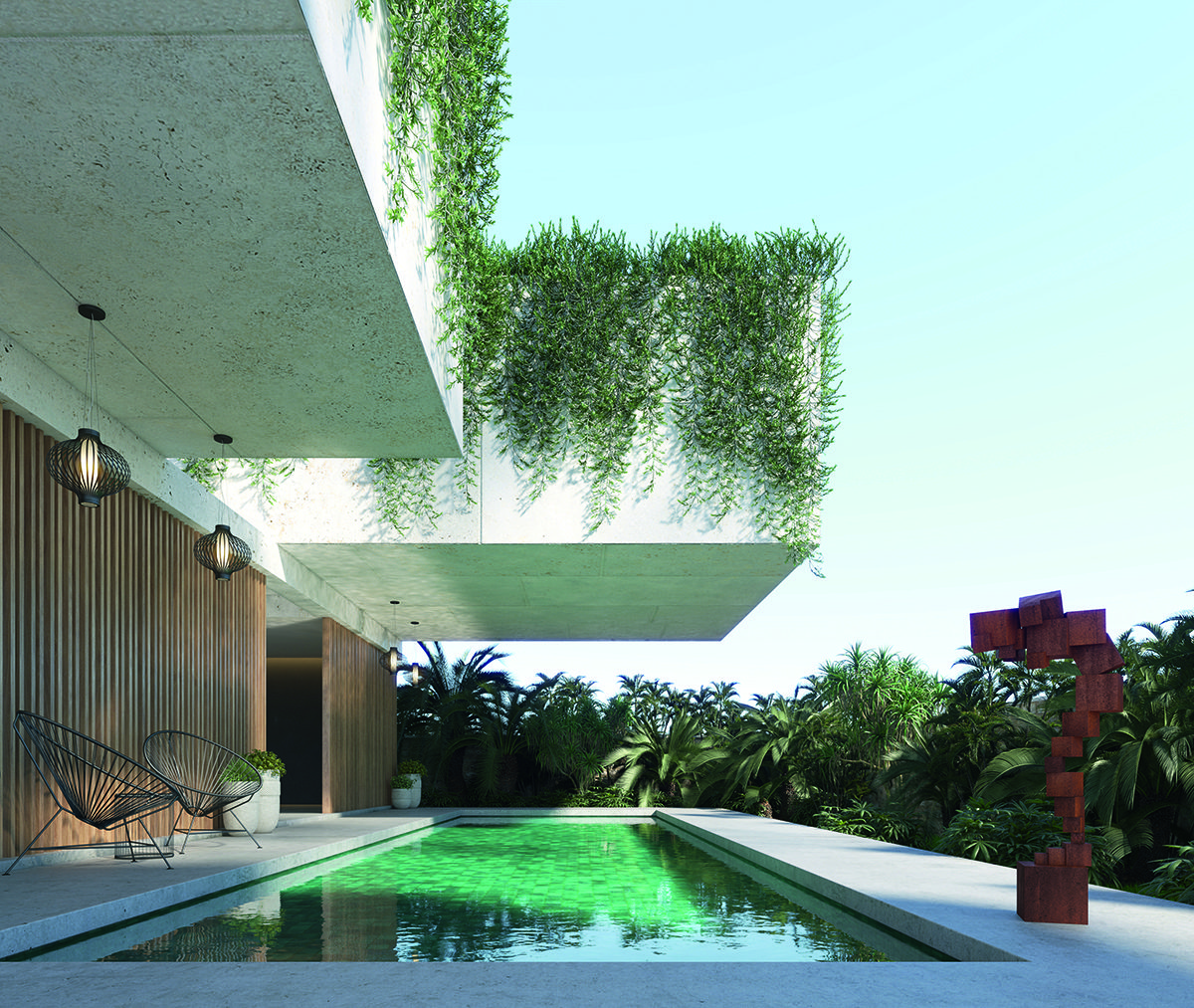
A 2018 house design in Florida with a characteristic Behnam-Bakhtiar blending of natural and built environments. Copyright and courtesy Ali Bakhtiar Designs
The “green and self-sustainable” glass house he designed for a client on a private island epitomises how this can work. In building the residence from scratch, Behnam-Bakhtiar gave it a “system that transmits and observes energy” along with an ultra-modern, sleek exterior and sumptuous Art Deco furnishings.
Read more: American artist Rashid Johnson on searching for autonomy
Similarly, on a property refurbishment in the French Pyrénées, Behnam-Bakhtiar preserved the ancient rocks that predated the house by encasing them in glass boxes and installing a “hydraulic system to make the house ‘convertible’; completely open towards the seascape, on multiple levels. We also created several distinct courtyards and fountains, to give the landscape exciting layers.”

A render of an island house off the coast in Abu Dhabi, with an Art Deco inspired interior in contrast to the building’s ultra-modern minimalist exterior. Copyright and courtesy Ali Bakhtiar Designs
Born in Tehran, Ali Behnam-Bakhtiar was still a child when he moved with his family to Paris after the Iranian Revolution in 1979. He grew up surrounded by art and culture and his parents indulged his drive to “redecorate their interiors on a weekly basis”. Even so, he says, “it was very much a conscious adult decision to develop my creativity professionally.”
His early memories from Iran, particularly before the revolution, “in which large-scale events and gatherings were considered normal” may have informed Behnam-Bakhtiar’s other hugely successful business: event planning. Orchestrating large-scale, fantasy weddings, celebrations and parties is a complementary discipline to his design work but he came upon it entirely by chance. “I was working on the interior design of a palace for a client of mine, whose daughter was in the midst of planning her wedding. Completely uninspired by the process, she had sort of given up on her dream wedding until she coincidentally saw my plans for their winter garden. In love with the plans for the garden, she convinced me to design her large-scale royal-like wedding for 2,500 guests.”

A reception that took place in Hall of Mirrors at the Palace of Versailles. Copyright and courtesy Ali Bakhtiar Designs
Behnam-Bakhtiar’s ability to imagine multidimensional, immersive spaces works as well for one-off events as it does permanent buildings, and working across the two disciplines allows for a beneficial cross-pollination of ideas. “I mix architecture and interior design with event planning, and do things that have never been seen or done before. This has allowed me to evolve and remain modern. I embrace the future and the process of change and growth.” In 2019, Ali Bakhtiar Designs was named “best wedding planner in the Middle East” at the Destination Wedding Planners ACE awards, and in the same year the company won an honorary award at the Influencer Awards Monaco.
As with his architectural designs, the events he designs are inspired by their setting. “The location and not the budget is what creates the possibilities,” he says. What would he conjure up for a wedding at a castle with an unlimited budget? “I’d probably create a sunset moment, curate different areas so there is movement and a multi-layered experience of the castle. I would also do something with the façade, so the guests can view it differently throughout the evening.”
Read more: Why the market for modern classic Ferraris is hot right now
He is delighted to be commissioned for wedding and parties abroad. “Like creating a world from scratch, the entire infrastructure is purposefully built and specifically curated for the event, in the middle of nowhere.” The possibilities are endless, he points out, describing a beautiful event he planned on “a private island lit by 50,000 candles. The guests arrived by raft laid with beautiful flowers and in the middle of the island, we created a pond and fountain on which the gala’s dinner tables floated.” More unusually, Behnam-Bakhtiar also oversaw a divorce party on a cruise ship.
As with his design projects, Behnam-Bakhtiar and his team ensure they have oversight of every detail. “The design of the food, the uniforms, the bar; anything that has to do with the visuals, the service, the presentation… To me an event is never just about decoration, it is about continuous implementation; everything needs to run smoothly and as we visualised it.”

An impression of flower-covered columns for a wedding at the Basilica della Santissima Annunziata in Florence, January 2020. Copyright and courtesy Ali Bakhtiar Designs
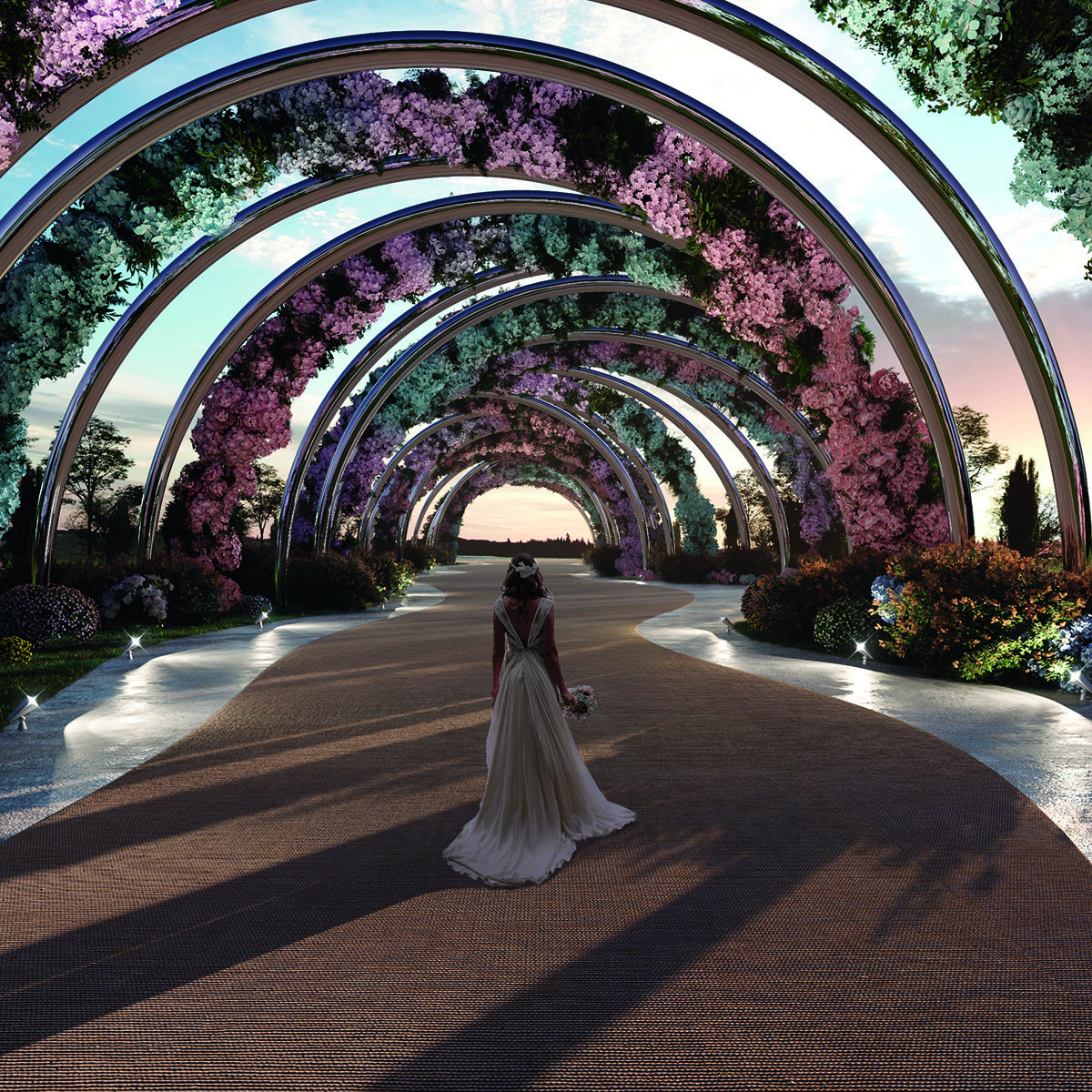
A rendered image of a tunnel of flowers for a wedding in Cape Town, 2020. Copyright and courtesy Ali Bakhtiar Designs
With high-profile architectural and interior design clients and starry party guest lists, discretion is part of the Ali Bakhtiar Design service. He will not be drawn on the high profile personalities that have commissioned him. “We work with a lot of different people including celebrities and royalty, but under no circumstances do we share our clients’ names, whether we signed confidentiality agreements or not. We pride ourselves on being private.”
Word, however, is out – partly because of the design company’s huge international reach. “We go where our clients are, so it was only natural to expand,” Behnam-Bakhtiar explains of his company’s outposts in Dubai, London, Paris and Monaco. The company does not promote its productions but exposure has come nonetheless through guests’ photos on social media. And who can blame them? The vast hall filled with reflective ponds and dancing LED lights for a party in Shanghai and the arcade of pink roses for a church wedding in St Barts demanded a selfie. “Much of the current exposure of our work is not just because we have expanded but also because it is shared,” Behnam-Bakhtiar agrees.

A digital impression of a 2019 building design in Switzerland that brings nature into the heart of the home. Copyright and courtesy Ali Bakhtiar Designs
Like the architectural design industry, the events business is also becoming more mindful about expenditure. “I would like to see more consciousness around long-term trust and a sustainable use of funds,” Behnam-Bakhtiar asserts. “Rather than creating an event for the budget and exhausting funds, we now look at what we need for the event. This means we spend less on unnecessary things, so that these funds can be used elsewhere or go to charity.”
Behnam-Bakhtiar’s diligence is even more relevant in a post-Covid era. “Events of up to 7,000 people are postponed for at least a year,” he says, “but the smaller events are starting to take place now, in a more down-sized manner. We’re on stand-by, like the rest of the world.” With his vivid imagination, a roster of international clients and almost two decades of experience, he won’t be standing by for long.
Find out more: alibakhtiardesigns.com
This article features in the Autumn Issue, which will be published later this month.

 If we can say one thing about Covid, it is that it has pushed us to become more aware of our social life and the things we spend time on. Of course, as restrictions lift around the world, there is bound to be some mindless ‘panic partying’ for a while. After all, we were locked down for a long time, and any event feels exciting, now that we are finally free to socialise again!
If we can say one thing about Covid, it is that it has pushed us to become more aware of our social life and the things we spend time on. Of course, as restrictions lift around the world, there is bound to be some mindless ‘panic partying’ for a while. After all, we were locked down for a long time, and any event feels exciting, now that we are finally free to socialise again!
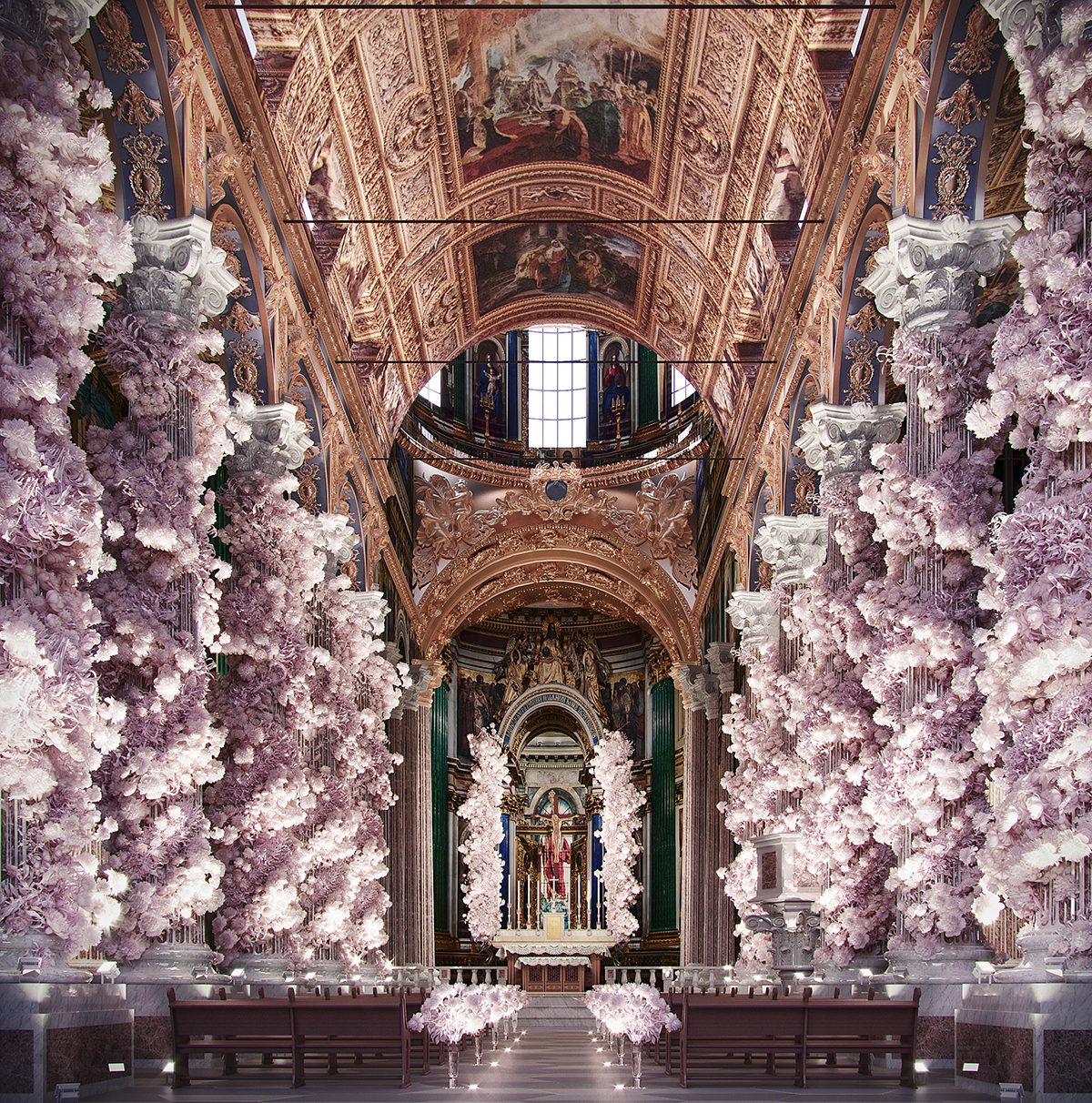










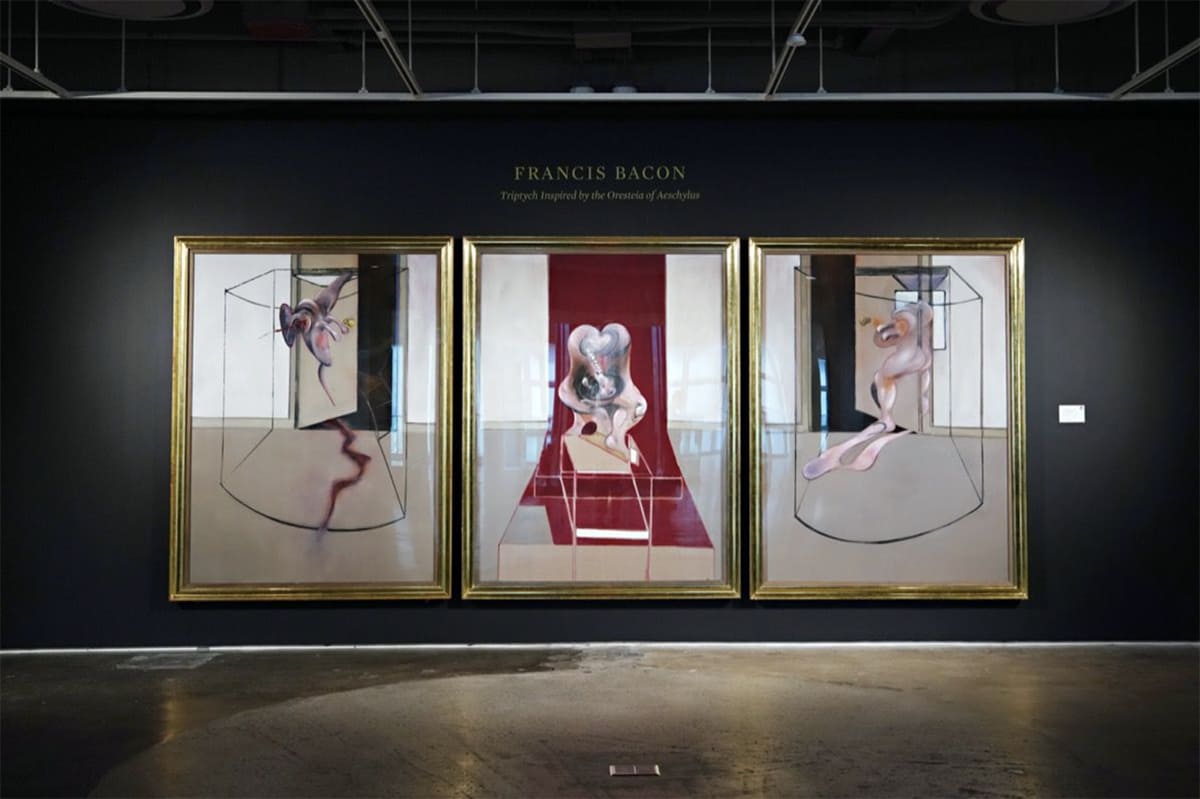
















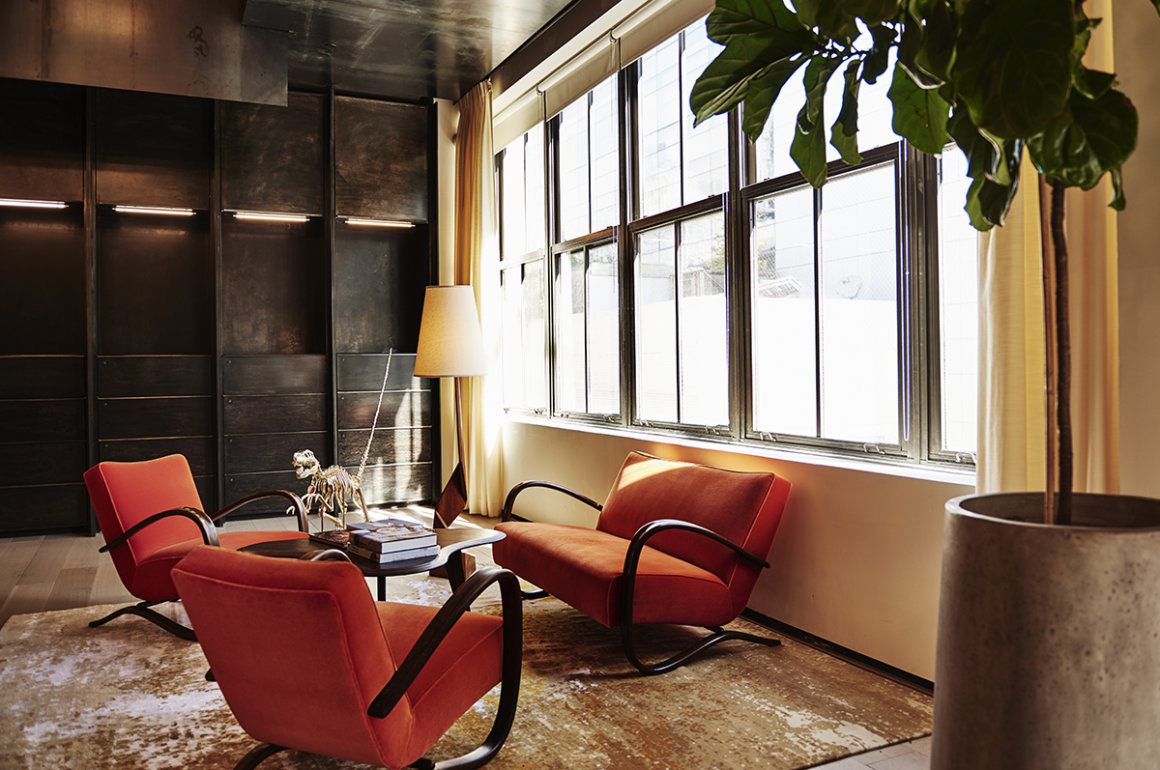














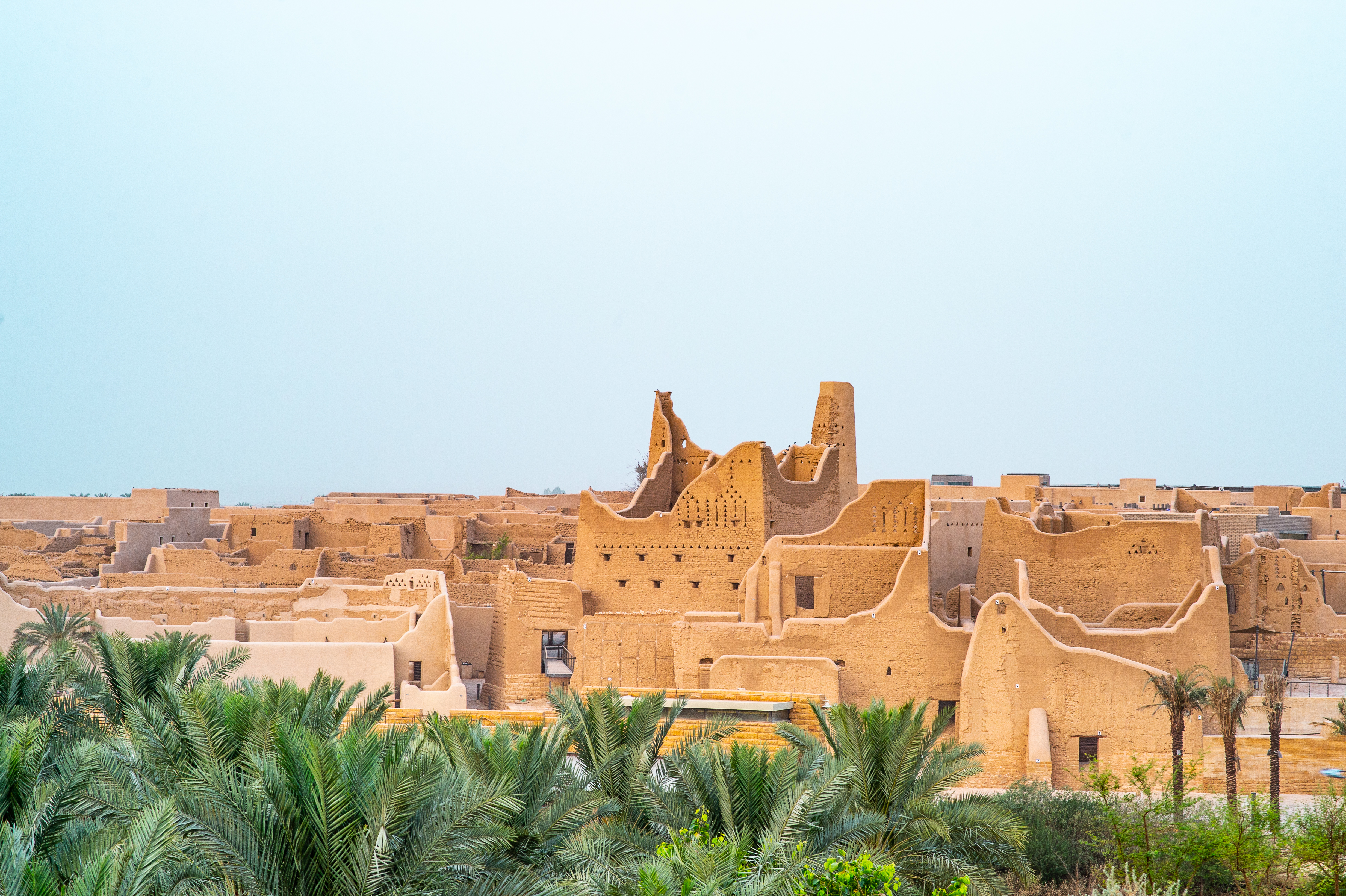
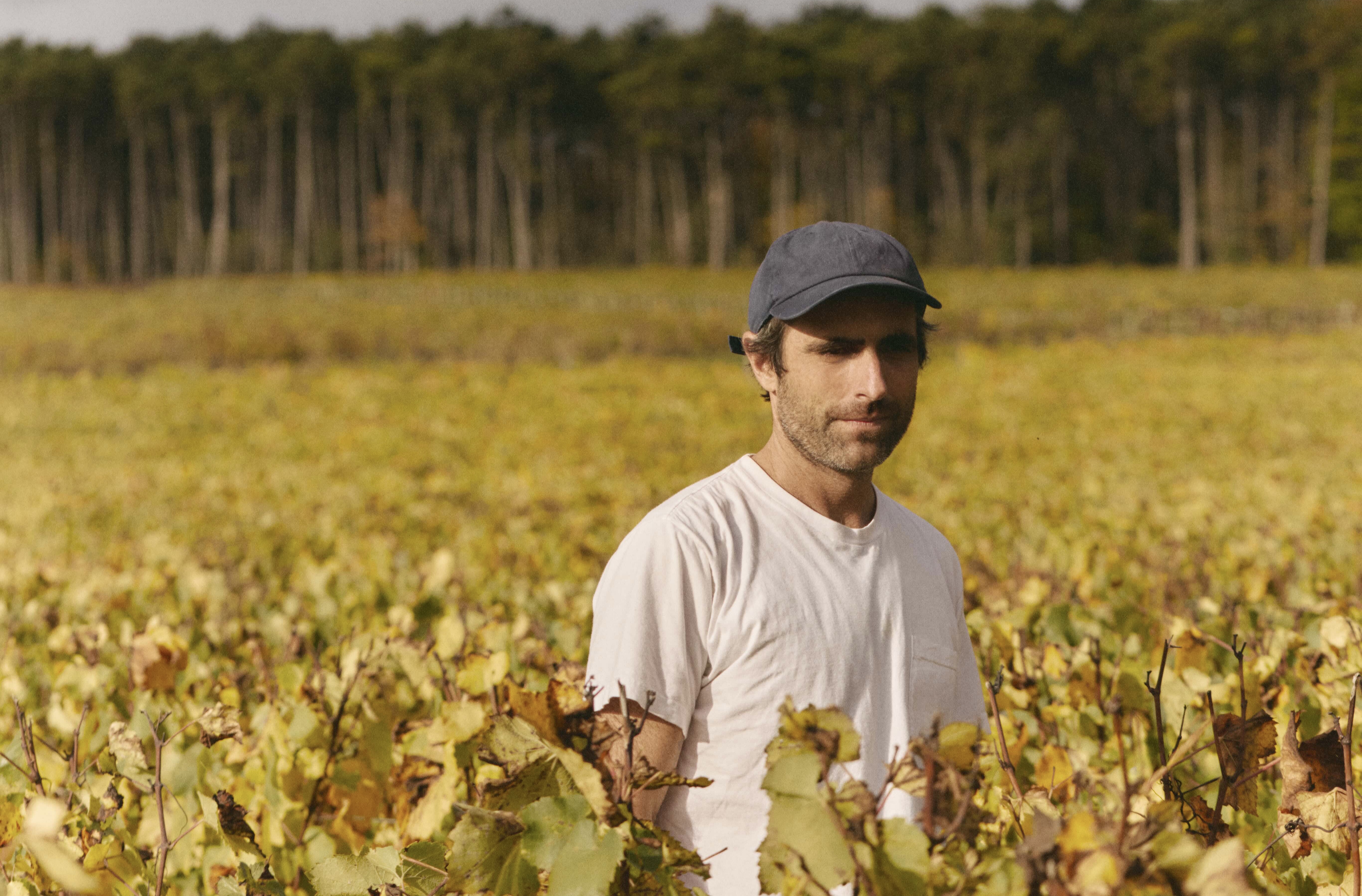

Recent Comments